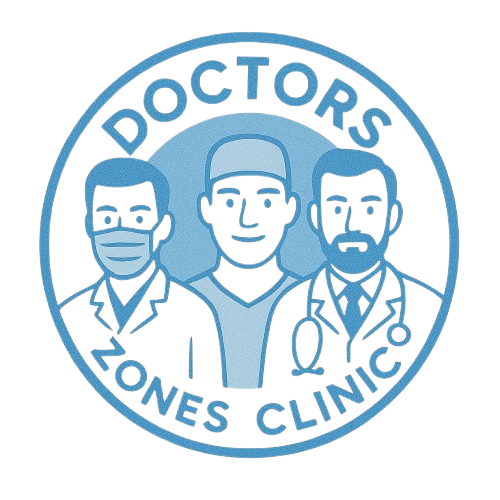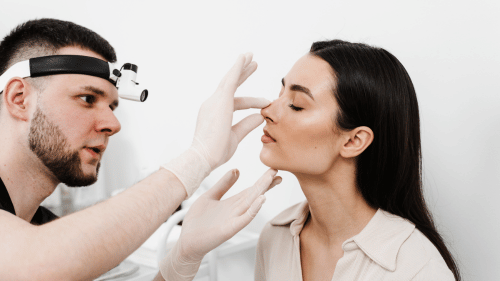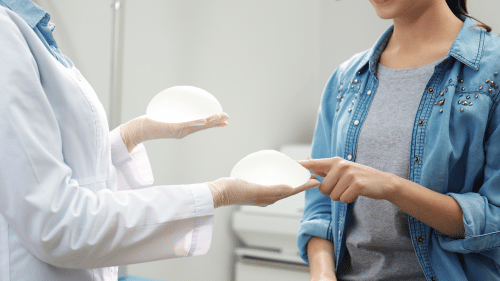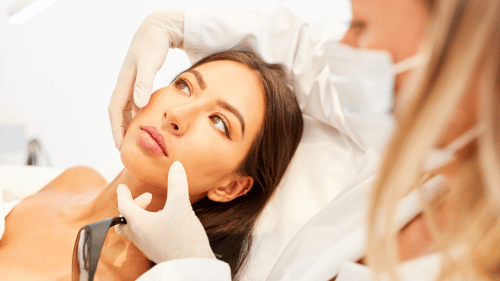The surgery is typically performed under general or local anesthesia with sedation, and patients can usually return home the same day. Recovery time is relatively short, with most people resuming normal activities within a week, though minor swelling or congestion may persist for a few weeks. Unlike rhinoplasty, septoplasty does not aim to alter the external appearance of the nose, though it is sometimes combined with cosmetic procedures if desired. Once healing is complete, patients often experience significant relief from breathing difficulties, leading to better sleep quality, reduced snoring, and improved overall quality of life.
septoplasty
Septoplasty is a surgical procedure aimed at correcting a deviated nasal septum to improve airflow and restore normal breathing function.
- The Only Guide You’ll Ever Need
Septoplasty
Septoplasty is a surgical procedure designed to correct a deviated nasal septum — the wall of cartilage and bone that separates the two nostrils. When the septum is significantly off-center or crooked, it can obstruct airflow and lead to chronic nasal congestion, difficulty breathing, sinus infections, or nosebleeds. Septoplasty focuses on reshaping or repositioning the septum to improve nasal function. At our clinic, experienced ENT surgeons use advanced techniques to perform the procedure with precision, aiming to restore proper airflow while preserving or enhancing the natural structure of the nose.
Quick Treatment
Takes just 15 minutes with no downtime needed.
Smooth Results
Reduces fine lines, wrinkles, and expression creases.
Natural Look
Softens features while keeping expressions completely natural.
Safe Procedure
FDA-approved, non-surgical, and medically supervised always.
Long-Lasting Effects
Enjoy results for 3–4 months post-injection.
No Recovery
Return to daily life right after treatment.
What is Rhinoplasty ?
Rhinoplasty, commonly known as a “nose job,” is a surgical procedure designed to reshape the nose for aesthetic enhancement or functional improvement. It can address concerns like:
A dorsal hump
Drooping or bulbous nasal tip
Crooked bridge
Overall facial imbalance
In many cases, rhinoplasty is also performed to improve nasal breathing, particularly when combined with correction of a deviated septum.
At our clinic, board-certified surgeons take a personalized, detail-oriented approach, analyzing each patient’s facial structure to deliver natural-looking and harmonious results.
Rhinoplasty Process
1. Consultation
Detailed facial and nasal analysis
Discussion of aesthetic goals and functional concerns
Customized surgical plan tailored to your features
2. Surgical Procedure
General anesthesia is typically used
Hidden incisions (inside the nostrils) minimize visible scarring
The nose is reshaped (tip refined, hump reduced, bridge straightened, etc.)
If needed, internal corrections like a septoplasty are performed to enhance breathing
3. Recovery
Surgery duration: 2–3 hours
Outpatient procedure: most patients go home the same day
Swelling and bruising peak in the first week and subside within 1–2 weeks
External splint worn for about a week
Return to light activities and office work: typically within 7–10 days
Final results: refined nasal shape settles within 12 months
Rhinoplasty Cost in 2025 (Turkey)
The cost of rhinoplasty can vary based on:
The experience of the surgeon
The techniques used
Whether functional work (e.g., septoplasty) is also included
Average Cost in Turkey:
$2,500 – $4,000 USD (as of 2025)
Why Turkey?
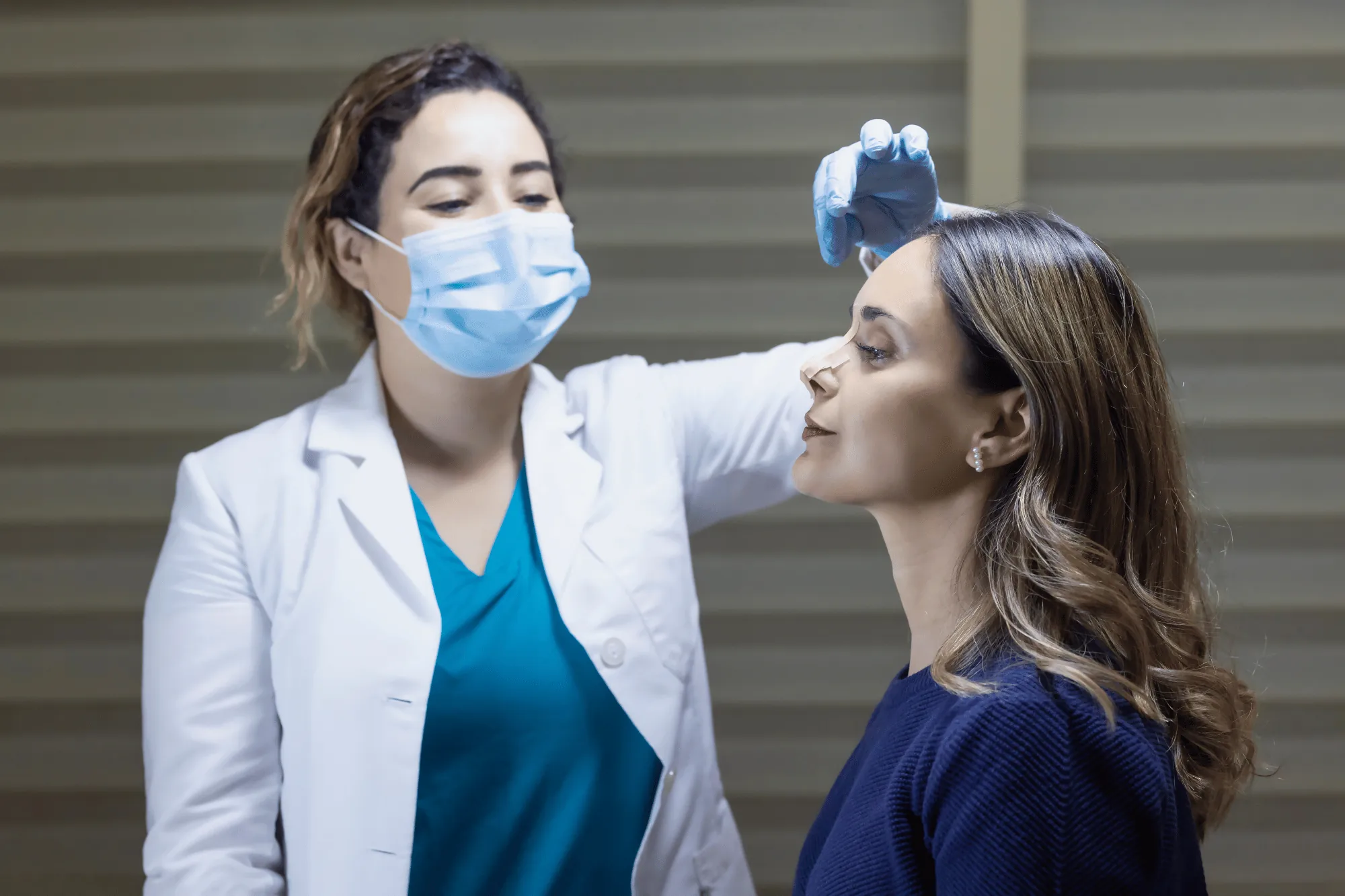

Overview
What is Septoplasty ?
What is Septoplasty?
Septoplasty is a surgical procedure that corrects a deviated septum to restore normal nasal breathing. It is not a cosmetic surgery but may be combined with rhinoplasty if aesthetic changes are also desired.
Septoplasty involves:
Internal Incisions: Made inside the nostrils, so there are no visible scars
Cartilage & Bone Correction: Removing or reshaping the crooked parts of the septum
Breathing Restoration: Improving airflow through both nostrils
Septoplasty is often recommended for patients suffering from nasal blockage, chronic congestion, or breathing difficulties.
Process
Septoplasty Process
1. Consultation
Comprehensive nasal examination including airflow assessment
Discussion of breathing difficulties, nasal obstruction, and related symptoms
Evaluation of septal deviation and any contributing anatomical issues
Development of a tailored surgical plan to restore nasal function
2. Surgical Procedure
Typically performed under general or local anesthesia
Internal incisions made within the nasal cavity—no external scarring
Deviated portions of the septum are repositioned or removed to straighten the airway
May be combined with turbinate reduction to further improve airflow
3. Recovery
Surgery duration: approximately 1–2 hours
Outpatient procedure: patients usually return home the same day
Mild swelling and nasal congestion are common during the first week
Nasal splints or packing may be used temporarily to support healing
Return to light activities: typically within 3–5 days
Full recovery and optimal breathing improvement: within 1–2 months
Costs
Botox Injections in 2025
The cost of Botox treatment in 2025 depends on factors like the number of units used, the treated areas, and the clinic’s expertise. Botox is usually priced per unit, and each area requires a specific amount.
Average Cost in Turkey:
Forehead lines: $100 – $150
Frown lines (between brows): $100 – $150
Crow’s feet (both sides): $120 – $180
Full face (multiple areas): $250 – $400
Cost per unit: Typically ranges from $3 to $5 USD
Before & After


After
Before
Authentic Patients & Genuine Results
Hear It Straight from
Our Patients Real Stories, Real Impact.
Discover what our patients have to say about their transformation journey with us.
Services
Faq's
Frequently Asked Questions
Have questions about Septoplasty? We’ve answered the most common concerns to help you feel confident and informed before your procedure.
Does septoplasty really improve breathing?
Yes, septoplasty corrects a deviated septum to improve airflow through the nasal passages. Most patients experience significant relief from nasal obstruction after surgery. The results are typically long-lasting, depending on individual healing.
Is septoplasty painful?
Mild discomfort and pressure are common after surgery, but severe pain is rare.
Pain is usually managed well with over-the-counter or prescribed medications.
Most patients describe the recovery as tolerable rather than painful.
How long does it take to recover from septoplasty?
Initial recovery takes about 1 week, with most returning to light activity in 3–5 days.
Complete healing of internal tissues may take several weeks.
Full breathing improvement is often noticed within 1–2 months.
Will I need nasal packing after septoplasty?
Not always—many surgeons now use splints or avoid packing altogether.
If used, packing is usually removed within 1–2 days post-op.
Modern techniques aim to reduce discomfort from traditional packing.
Can a deviated septum come back after surgery?
Recurrence is rare but possible, especially due to trauma or incomplete correction.
Proper surgical technique and post-op care reduce this risk significantly.
If symptoms return, revision surgery may be considered.
Does septoplasty change the shape of the nose?
No, standard septoplasty does not alter the external appearance of the nose.
It only addresses internal structures unless combined with rhinoplasty.
In combined procedures, both function and appearance can be improved.
Can septoplasty be done with other procedures?
Yes, it’s often combined with turbinate reduction or rhinoplasty.
Doing so allows correction of both functional and cosmetic issues in one surgery.
This combined approach can improve overall outcomes and efficiency.
Are there risks with septoplasty?
As with any surgery, risks include bleeding, infection, or septal perforation.
Most complications are rare and can be managed effectively if they occur.
Choosing an experienced surgeon minimizes potential risks.
Will I have bruising or swelling after septoplasty?
Typically, there’s minimal external bruising since no bones are broken.
Some internal swelling and congestion are normal during the first week.
Most patients feel significantly better by the end of the second week.
Is septoplasty covered by insurance?
Yes, if the procedure is medically necessary to correct breathing problems.
It may not be covered if done purely for cosmetic reasons.
A formal evaluation and documentation are usually required for approval.
Claim Your Free Consultation Now!
If you have questions, need support, or are looking for medical guidance, our expert team is ready to assist you.
- Customized Treatment Plan in Minutes!
- Complimentary Consultation and Evaluation
- Round-the-Clock Booking Available
- Everything Included in One Package
- Over 2,800 Clients and Growing in 32+ Countries






